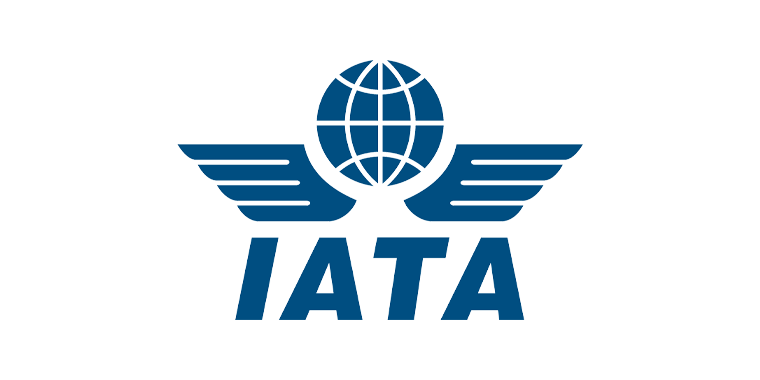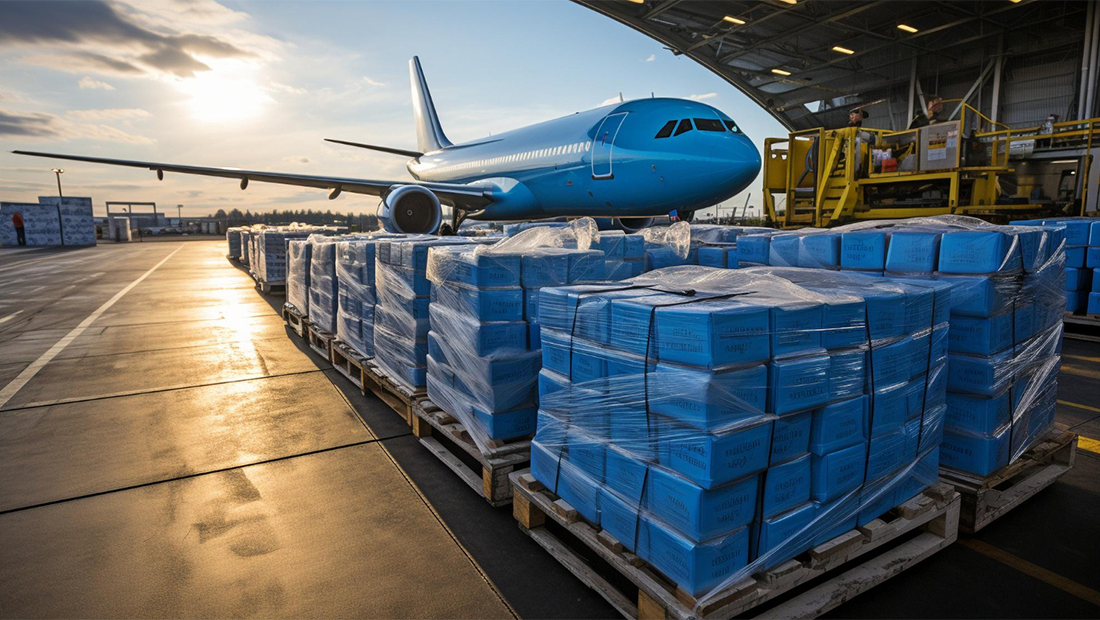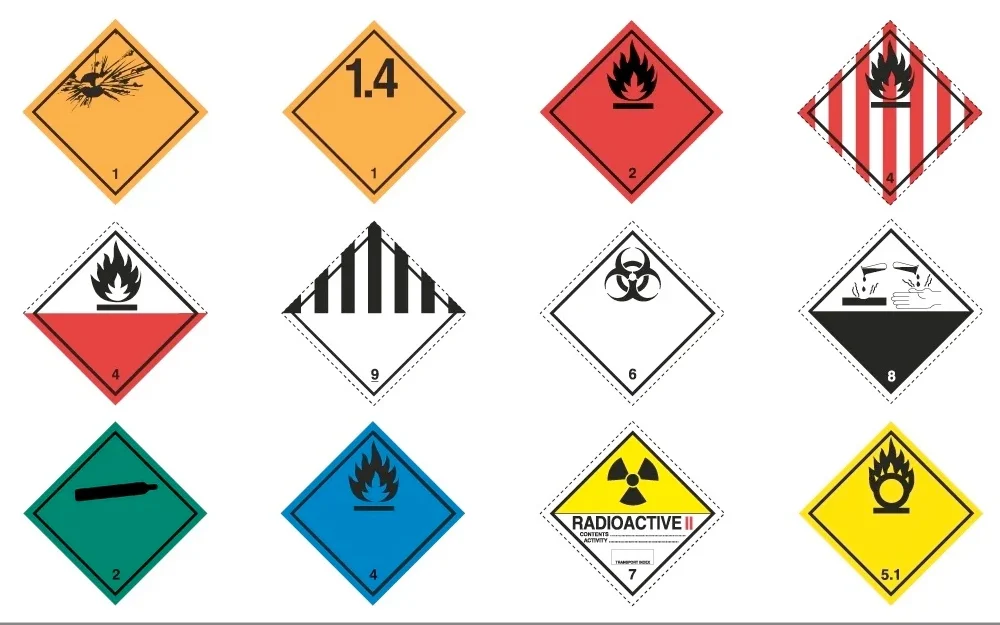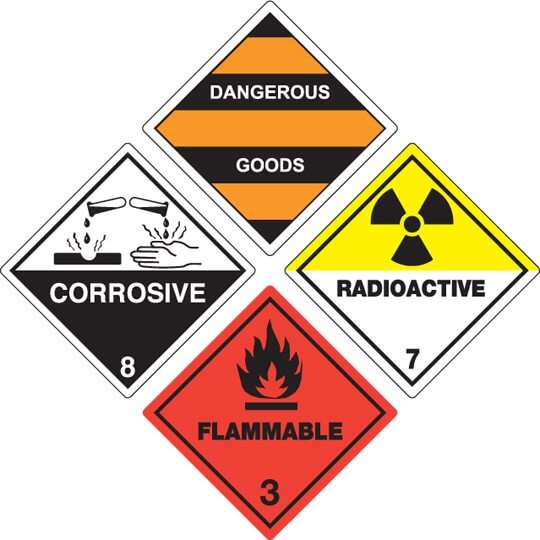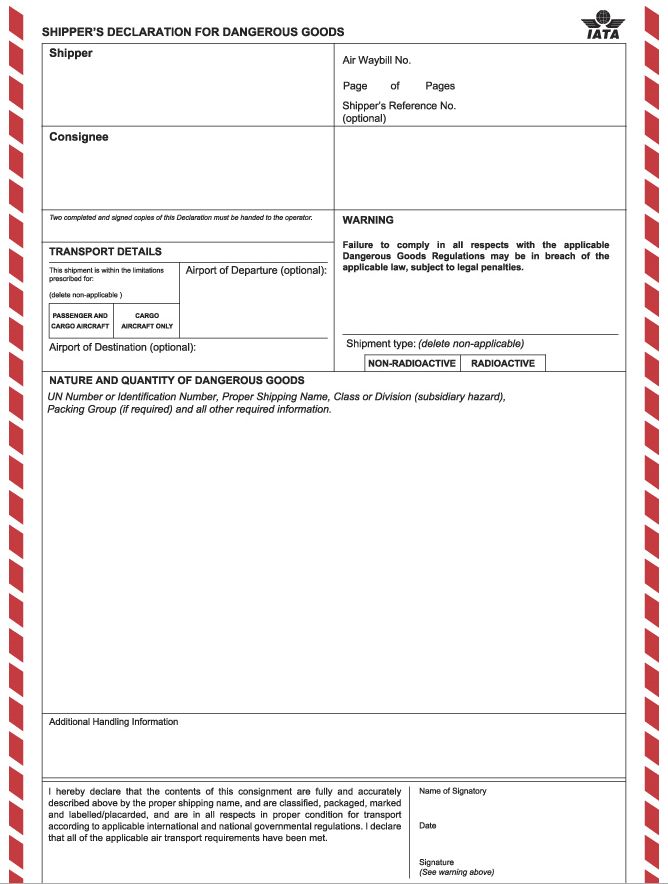Welcome to part two of our dangerous goods series!
Today, we’re talking all about that phenomenon of modern transportation: Air Freight. And even more importantly…
How to Ship Dangerous Goods by Air Freight?
Air Freight is one of the leading methods for transporting dangerous goods, not least because it is quick and efficient.
But just because it’s fast doesn’t mean it’s easy. There are more variables to this shipping method, including but not limited to air pressure, temperature control, and passenger vs. cargo plane, which is where IATA swoops in. IATA, or International Air Transport Association, is another United Nations agency designed to regulate the safe transport of dangerous goods via air. The protection of human life, our skies, and aircraft is at the top of their list. The regulations discussed in this article are drawn directly from IATA’s extensive database.
Dangerous goods regulations for Air Freight are complex and difficult beasts to wrangle. But never fear! In this article, we have broken down these regulations into a digestible form.
If you’re looking to learn how to ship dangerous goods via Ocean Freight or just a rundown of what precisely a dangerous good is, check out part one of our dangerous good series here.
But before we dive into Air Freight, a note of warning…
*It is even more crucial with Air Freight that for all hazardous goods shipments, you consult IATA’s Dangerous Goods Regulations (DGR) handbook directly. Each shipment is different and requires specific, careful handling. Remember, regulations are all about keeping our people and planet safe!*
Now, let’s dive in!
One of IATA’s most valuable resources is the Dangerous Goods Checklist. It enables you to ensure that you have covered all your regulatory bases before submitting your cargo for transit.
There are three checklists: one for non-radioactive material, another for radioactive material, and finally, one strictly for dry ice. You can download the checklists below:
- Non-Radioactive Material Checklist here…
- Radioactive Material Checklist here…
- Dry Ice Checklist here…
IATA has a list of 8 steps required for every shipper wanting to ship their hazard goods via air freight.
- Comply with specific packaging requirements
- Use only the packaging permitted per IATA’s DGR handbook
- Correctly assemble and secure packaging according to instructions
- Adhere to proper quantity per package
- Ensure packaging exterior does not contain any contaminants
- Remove any previous marking of container that no longer applies
- Properly label each package
- Fill our Shipper’s Declaration of Dangerous Goods correctly along with Air Waybill
To start…
What are the Packaging Requirements for Air Freight?
The first step in packing a dangerous good per IATA regulation is to return to the SDS. As a refresher, the SDS is a “document prepared by the manufacturer or importer of a hazardous chemical” (UCSD). The SDS will provide information on hazmat classification and UN numbers. The classification of your dangerous goods is a crucial part of uncovering how exactly IATA permits your cargo to be packaged and transported and in what quantity.
IATA’s DGR handbook goes into the specifics of these regulations. So please always consult this document before submitting your cargo for transit. However, IATA requires that all dangerous good packaging meet the following requirements…
The packaging must be strong enough to withstand loading and transport from pallets and ULDS (Unit Load Devices). The packaging cannot leak or have any damage prior to shipping, and it must be able to withstand changes in pressure and temperature during transit without inflicting injury on the cargo.
There are specific companies that can help you properly pack your dangerous goods for air freight. Our top recommendation is DGM services. They specialize in packing and crating hazardous materials, as well as offering in-depth training courses for those wanting to know more!
You can visit their website here.
In addition to these requirements, IATA has broken down hazardous good packaging into three separate groups: Packing Group I, II, and III, depending on the risk of the shipment, with Group I being the highest risk and Group III being the lowest risk. These groups dictate the cargo’s packaging regulations and how they are loaded onto the plane.
Remember, packaging is an essential part of hazardous goods safety. It is the first line of defense to ensure that our people and planet stay safe. For all shipments, please always consult the DGR manual to obtain the complete regulations for your specific cargo.
Now, let’s discuss…
How Do You Label Dangerous Goods for Air Freight?
The DGR clearly states the necessity of properly labeling your hazardous cargo for transit. Labeling sends a clear message to all personnel that your cargo is dangerous and sets out clear instructions for handling your cargo during the loading process. It’s akin to putting “fragile” or “do not stack” on a regular package. However, the implications for dangerous good labeling are much higher.
IATA sets out a straightforward criteria for every label:
- The label must include the Hazmat Classification, UN Number, and Packing Group
- The label must conform to the proper shape, color, format, symbol, and text of IATA regulation.
- The label must be durable.
- The label must be printed on adhesive.
- The label must be adhered to the outside of the packaging and clearly visible.
- Every label must include an English version in addition to the language of origin.
This last item gives cause for pause. Let’s give a quick example:
If your package is traveling from Germany to the United States, then you must have two separate labels that follow the above criteria: one in German (Language of Origin) and the other in English. However, suppose your package is coming from Canada and heading to India. In that case, you must still have two separate labels, one in English, even though the United States is not your destination or origin.
Dangerous good labels for Air Freight will look something like this:
The above are in addition to the standard hazardous triangle seen below:
IATA provides an excellent resource, allowing you to purchase your labels directly from them for ease and specificity.
You can access their store here.
Once again, every label will be slightly different for every shipment, so please always consult the DGR manual for detailed instructions.
Finally, let’s talk…
Air Freight Documentation for Dangerous Goods
Similar to Ocean Freight, IATA regulation requires the shipper to complete a Dangerous Goods Declaration (DGD) alongside the standard transport document, the AirWay Bill or AWB.
Let’s discuss the DGD first.
A dangerous goods declaration tells the carrier, in this case, the airline, everything they need to know about your cargo in order to transport it safely. For Air Freight, the DGD looks like this:
You can download a PDF copy of this document here.
IATA requires all DGD’s to have the below information:
- Shipper Name
- Consignee
- Air Waybill Number
- Page of Pages Numbers
- Aircraft Limitations
- Airport Departure
- Airport Designation
- Shipment Type
- Nature and Quantity of Dangerous Goods
- Number and Type of Packaging
- Packing Instructions
- Authorizations
- Additional Handling Information – *This includes Emergency Situation Contact Information*
- Certification Statement
- Name of Signatory
- Date
- Signature
This may seem like a ton of information! But remember, your role in providing this information is crucial in delivering your cargo safely and efficiently.
In addition to the DGD, you must also fill out an AirWay Bill per IATA regulation, along with any other necessary documentation for your specific dangerous goods shipment.
Conclusion
Once your dangerous goods have been packed, labeled, and documented according to IATA regulations, they’re ready to fly! Of course, you’ll need to obtain approval from the airline when requesting a booking to ensure that your cargo is suitable for Air Travel.
Air Freight is a complex mode of transport, especially for dangerous goods. This article is not an exhaustive list of regulations and specificities; instead, we have tried to provide a brief overview to get you started on your shipping journey. That being said, please always consult IATA’s DGR manual for all hazardous goods shipments. The health and safety of people and the planet are our top priorities!
Veritas Global offers freight forwarding services directly for your dangerous good needs for all modes of transport, including Air Freight. We are here and happy to walk alongside you for all your shipping needs.
You can request a quote here. We will get back to you as soon as we can!
Next week, we will discuss how to ship dangerous goods by Land Freight in the United States. We hope you will join us!


